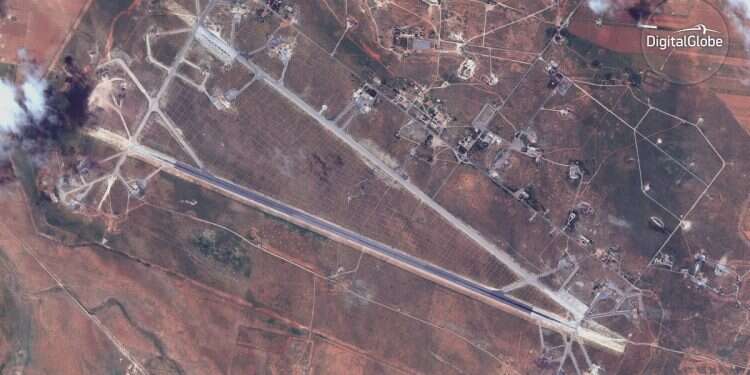The New York Times reported Sunday that more than 100 chemical weapons sites are suspected to remain in Syria, left behind after the fall of President Assad, according to the leading international organization tracking these weapons.
This figure, reported by The New York Times, represents the first estimate provided by the Organization for the Prohibition of Chemical Weapons (OPCW) as it seeks to enter Syria to assess what remains of Assad's military program. The number is far higher than any President Assad ever acknowledged, according to The New York Times reporting.
These sites are believed to have been involved in research, manufacturing and storage of chemical weapons. The New York Times notes that President Assad used weapons like sarin and chlorine gas against rebel fighters and Syrian civilians during more than a decade of civil war. The security status of these sites has remained uncertain since rebels toppled Assad last year.
The chemicals now represent a major test for the caretaker government led by Hayat Tahrir al-Sham (HTS), headed by Abu Mohammad al-Julani. The US designates HTS as a terrorist organization, though it has renounced its links to al-Qaida.
"There are many locations that we don't know about because the old regime was lying to the OPCW," said Raed al-Saleh, the leader of the Syria Civil Defense (White Helmets), a volunteer group that says it is working with the government to dismantle chemical weapons sites.
The stakes are high due to the deadly nature of these weapons, particularly in densely populated areas. Sarin, a nerve agent, can kill within minutes, while chlorine and mustard gas burn the eyes and skin and fill lungs with fluid.
Syria's foreign minister said during a March visit to OPCW headquarters that the government would "destroy any remains of the chemical weapons program developed under the Assad regime" and comply with international law.

Nidal Shikhani, who leads the Chemical Violations Documentation Center of Syria and has worked with the OPCW for years, told The New York Times his group identified dozens of new locations that could be chemical weapons stockpiles or former research sites based on interviews with Syrian government scientists living in Europe.
Finding and securing these sites is crucial not only for security but also to collect evidence for investigations into Assad's repeated use of chemical weapons. International observers have documented dozens of attacks with thousands of victims, including children. The most notorious was a 2013 sarin gas assault on Ghouta, a Damascus suburb.
Last year, Israel launched airstrikes on several Syrian regime facilities where chemical weapons were believed to have been held, though it remains unclear whether those strikes destroyed the weapons themselves, according to the Times. Shikhani and others worry that the strikes may have created environmental contamination and destroyed evidence. International groups hope chemical evidence will answer key questions about the Assad government's research and aid international prosecutions.
"The Israeli attacks that happened right after the fall of Assad are probably likely to not have put a dent in some of this, and potentially also obscured efforts toward accountability," said Natasha Hall, a senior fellow with the Center for Strategic and International Studies in Washington.
Syria's chemical weapons program began in the 1970s with hundreds of government scientists, many trained in Germany and other parts of Europe. Despite the new government's assurances, weapons inspectors remain cautiously optimistic, having heard similar promises before.




